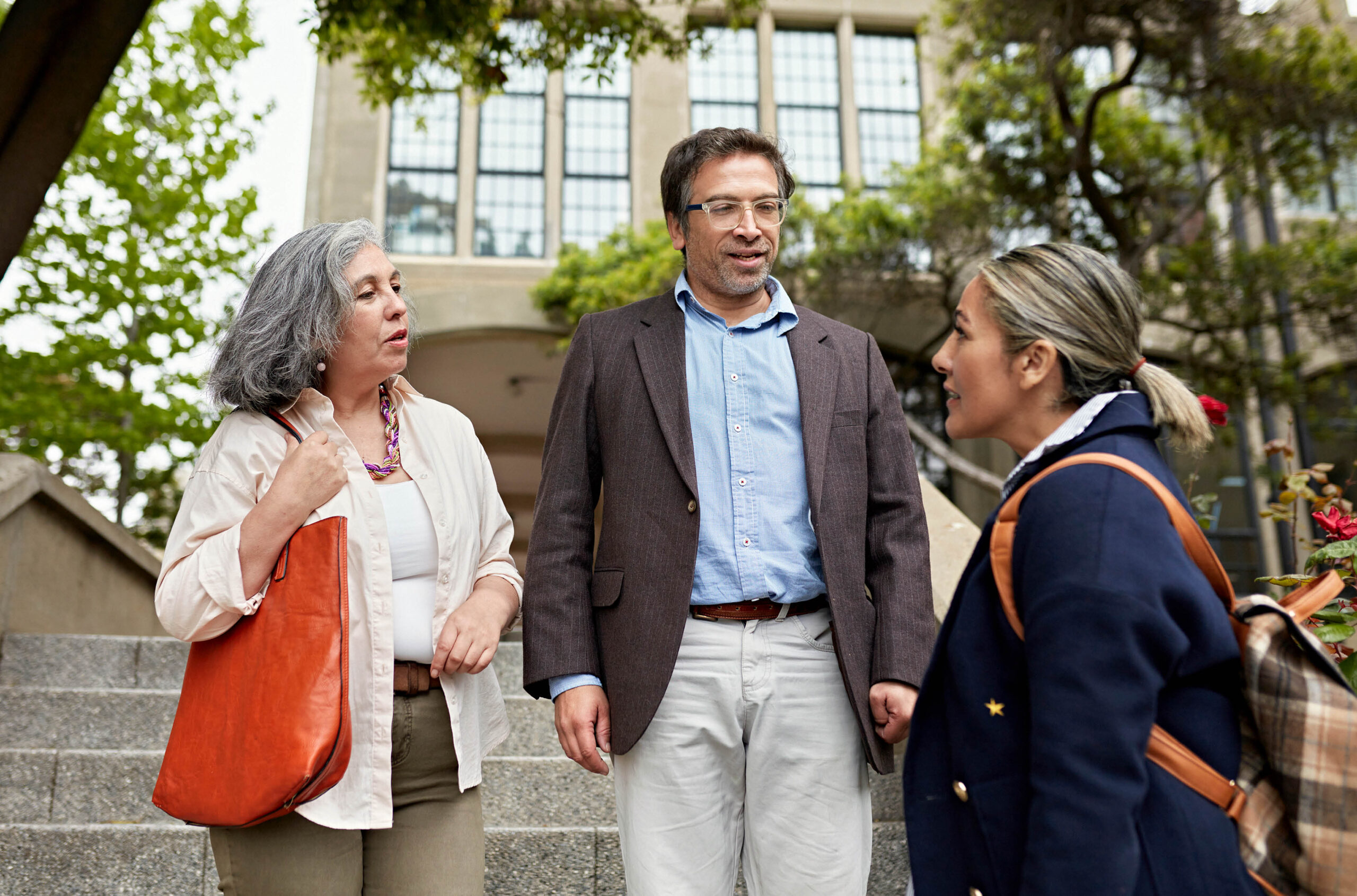Trading tenure for Timbits
Everything you didn’t know about relocating to Canada.

Picture this: an American psychology professor — vibrating with excitement about joining the famously friendly maple leaf tower of Canadian academia — arrives at the U.S.-Canada border with his wife, cat, U-Haul, CV, and absolutely no idea what a “closed work permit” is. That was me on June 1, 2025, after our four-day drive across the midwestern U.S. where we crossed into Canada from northern Montana. While some have critiqued the Canadian academic system as not attractive enough for American academics, this isn’t the case for me or for many of my colleagues.
American academics in my circles are chomping at the proverbial bit for work in countries headed by governments that support the scientific enterprise (or, at least, aren’t aggressively antagonistic towards it). I have colleagues actively applying to positions in the U.K., Asia, Australia and, perhaps most commonly, Canada. In March 2025, it made international news when three Yale professors left for positions at the University of Toronto. Now, I’m no Yale professor, but I am more akin to the types of academics looking for more welcoming pastures: pre-tenure, early-career and with a strong research plan. Many of us are drawn to Canada due to the reputation for work-life balance, faculty unions (very rare in the States), and a political climate that doesn’t have us mainlining Tums. However, immigrating to Canada for an academic position has not been all poutine and Nanaimo bars.
First, while the Canada-U.S.-Mexico free trade agreement (CUSMA) does streamline some components of the immigration process, there are specifics that absolutely complicate faculty earning potential. A growing interest area for academics is “how can I diversify my revenue stream?” We consult, write books, engage in speaking events and adjunct at other universities — all paid work that makes use of our expertise. Registered psychologists like myself, as well as people working in health care and other regulated professions, have applied skillsets that are profit-generating. However, what many don’t know — and I didn’t until I crossed the border — is that CUSMA work permits prohibit taking part in any paid work that isn’t tied to your sponsoring university.
In an ironic juxtaposition to the previous point, some academic positions require maintenance of professional registrations. For example, to teach the psychologists-in-training in my current department, I must maintain registration with my provincial college of psychology. In a hilarious turn of events (laughing so as not to cry), it took me six months and around $3,000 to obtain the same provincial credential that I already held in the U.S. — in a province that has lower standards for the profession than my home state.
Finally, there are veritable minefields of bureaucratic comedy-of-error moments to tiptoe through on the way to a life here in the Great White North. While many of these are relatively small problems, the quantity and unexpected nature of them create an enormous amount of stress. For example, without extremely specific paperwork that no normal adult possesses, you will be treated as a new driver by insurers. Although I had brought along my driving history dating back to 2011, the fact that I had moved around for my PhD, pre-doc clinical residence and academic appointments created “gaps” in my state driving history that only permitted our insurance agent to grant me three years of driving experience. Because of that gracious gift, my car insurance is only four times more expensive than it was back home. This example only scratches the surface of the red tape we’ve come across, but the outcome is obvious: stress, uncertainty and frustration.
Canadian institutions intending on attracting U.S. talent can directly ease these tensions by learning more deeply about the requirements of the immigration and settling processes — including the restrictions of CUSMA work permits and the intricacies of professional licensing — and passing that knowledge to incoming faculty. Canadian universities should provide pre-emptive financial support (ideally) or reimbursement (at minimum) for mandatory professional registration fees, and grant incoming academics some flexibility in their initial workloads to acknowledge the administrative burden of transitioning.
Faculty, in turn, can approach their transition with eyes wide open, armed with a level of documentation that would make a defense attorney weep tears of joy. There is no such thing as “too much” documentation. Plan ahead for licensing requirements and financial realities, and seek mentorship from other American/international faculty who have already navigated the transition — if for no other reason than to kvetch about the complexities.
The path from Stars and Stripes to Maple Leaves may be one paved in paperwork but, for those of us who’ve made the journey, it can lead to an academic home that feels refreshingly supportive of our teaching interests, our scholarly pursuits and our humanity.
Featured Jobs
- Medicine - Associate or Full Professor Professor (Kidney Health)Université de Montréal
- Finance - Faculty PositionUniversity of Alberta
- Architecture - Assistant Professor (environmental humanities and design)McGill University
- Sociology - Tenure-Track Position (Crime and Community)Brandon University
- Engineering - Assistant or Associate Professor (Robotics & AI)University of Alberta










Post a comment
University Affairs moderates all comments according to the following guidelines. If approved, comments generally appear within one business day. We may republish particularly insightful remarks in our print edition or elsewhere.
1 Comments
I loved your article Chris. The tone is refreshing, and the advice is excellent. You have really offered some help for those considering the transition. The driving abstract piece is something someone might really overlook!